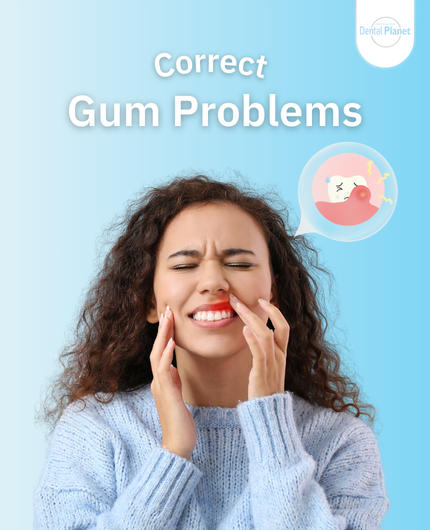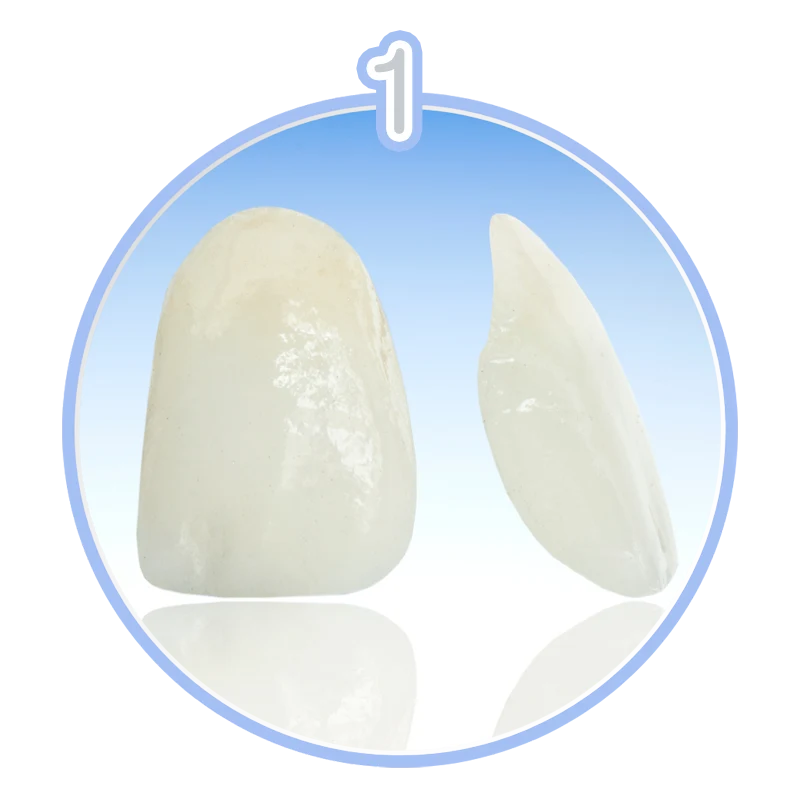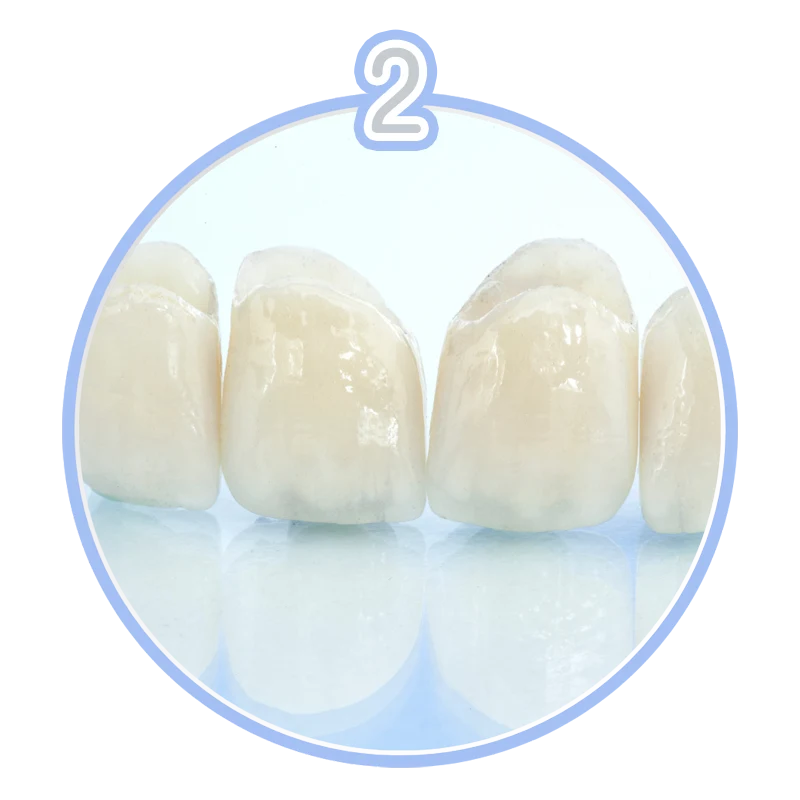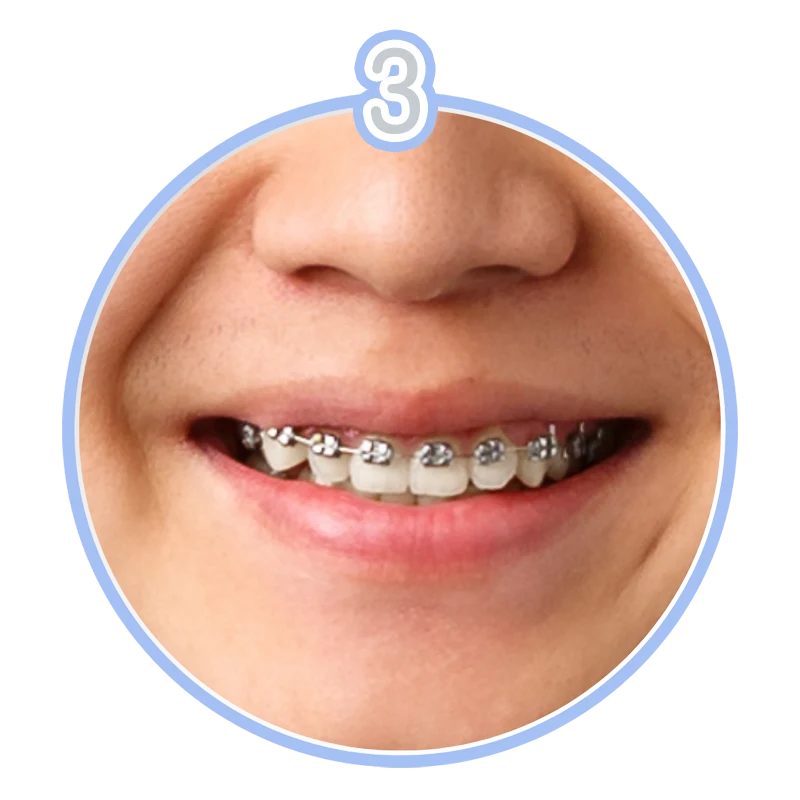Gingivitis, Bleeding or Swollen Gums… Solutions?

Is your gums red, swollen or bleeds when brushing or flossing? It may be a sign of gingivitis that should be addressed. Gingivitis occurs because plaque and bacteria build up on your teeth and cause infection to the gums. Let’s talk about what you should look out on gum diseases symptoms and how to we can manage and deal with gum problems.








